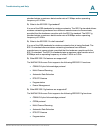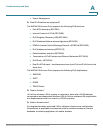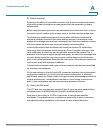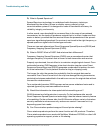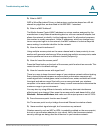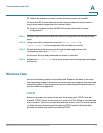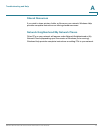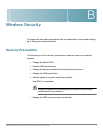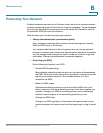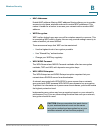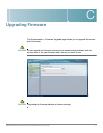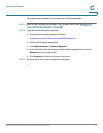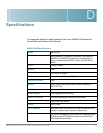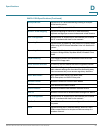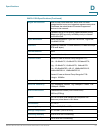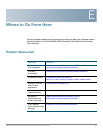
Wireless Security
WAP4410N Wireless-N Access Point with Power Over Internet 75
B
Protecting Your Network
Wireless networks are easy to find. Hackers know that to join a wireless network,
wireless networking products first listen for “beacon messages.” These messages
can be easily decrypted and contain much of the network’s information, such as
the network’s SSID (Service Set Identifier).
Here are steps you can take to protect your network:
• Change the administrator’s password regularly.
Every wireless networking device stores network settings (for example,
SSID and WEP keys) in its firmware.
Your network administrator is the only person who can change network
settings. If a hacker gets a hold of the administrator’s password, the hacker,
too, can change those settings. So, make it harder for a hacker to get that
information. Change the administrator’s password regularly.
• Protecting your SSID.
Do the following to protect your SSID:
- Disable SSID broadcasting.
Most wireless networking devices give you the option of broadcasting
the SSID. While this option may be more convenient, it allows anyone to
log into your wireless network. This includes hackers. So, don’t
broadcast the SSID.
- Make the SSID unique.
Wireless networking products come with a default SSID set by the
factory. Hackers know these defaults and can check them against your
network. Change your SSID to something unique and not something
related to your company or the networking products you use.
- Change the SSID often.
Change your SSID regularly so that hackers who gain access to your
wireless network will have to start from the beginning in trying to break
in.



